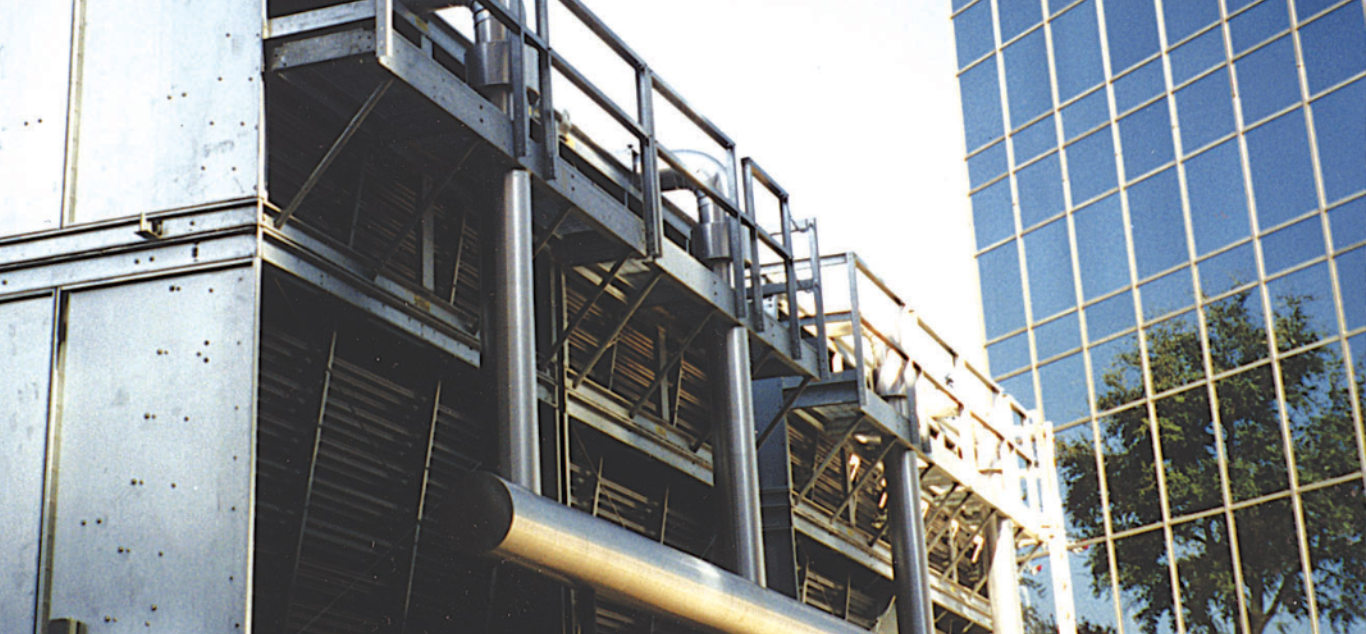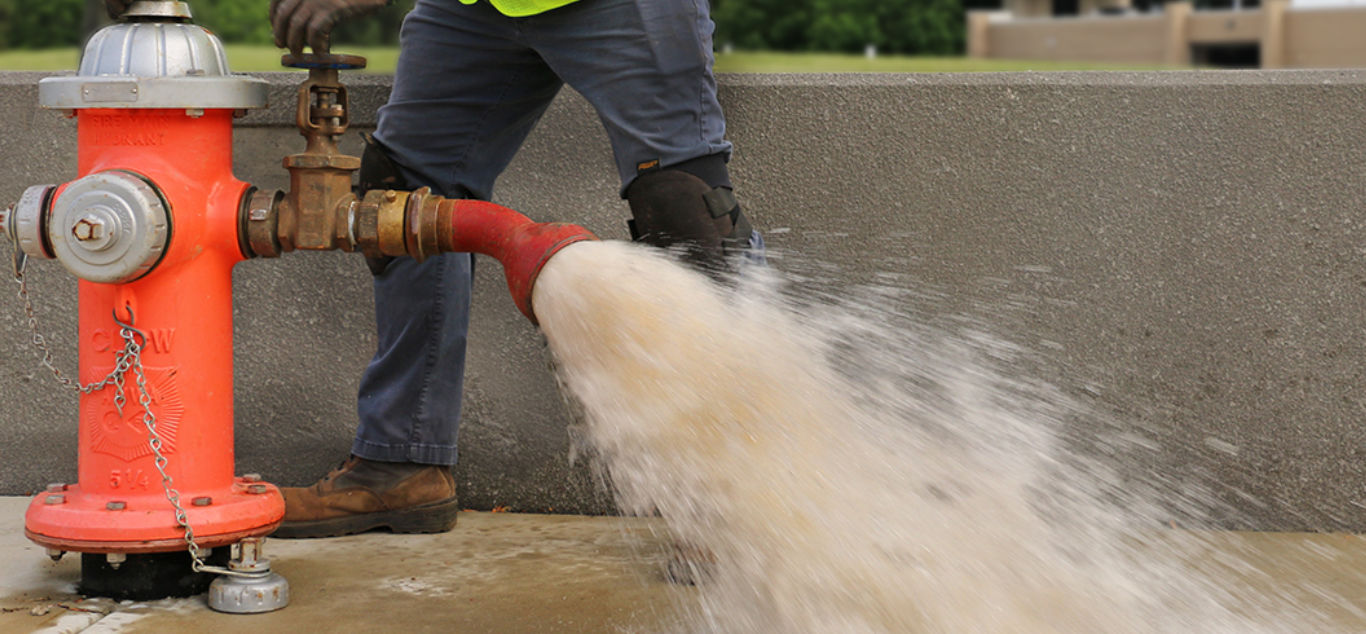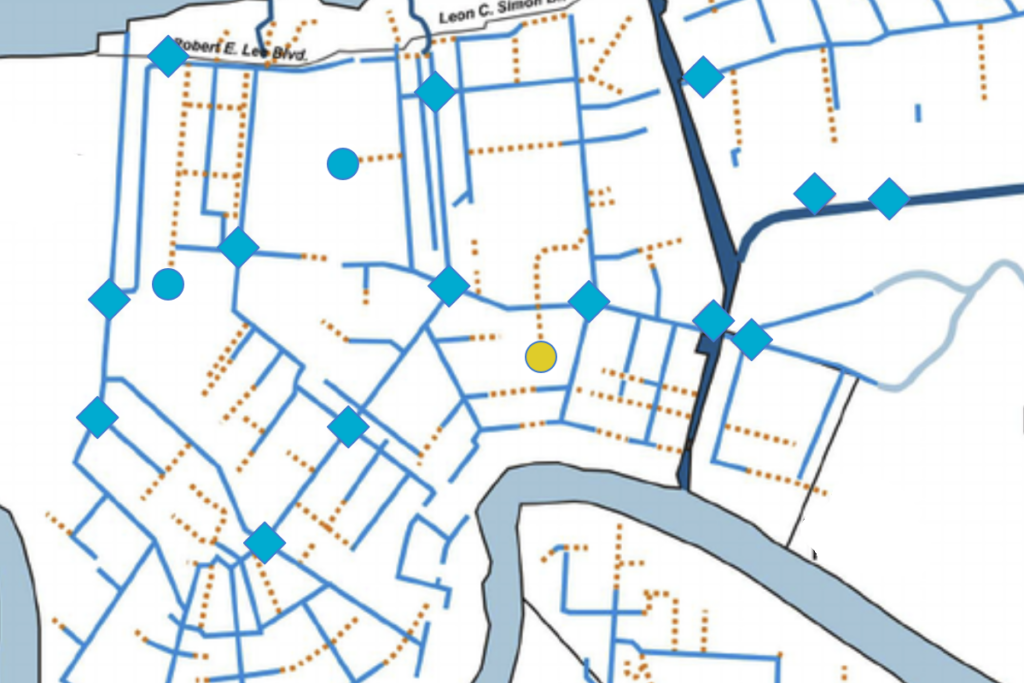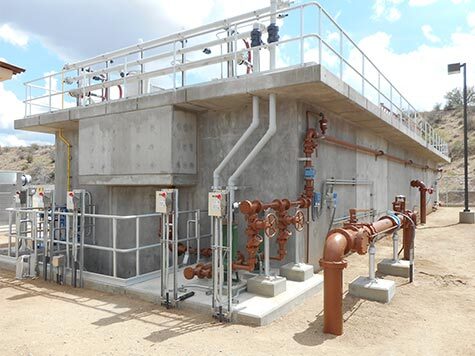- Info CenterHalogen MP5 More Accurate Than Hach CL10 - San Jose Water The Report Details Background San Jose Water...Halogen SensiCLĒNE™ The MP5™ was created with stable calibrations and low maintenance as priority requirements. To that end,...
- Industries & ApplicationsMaritime & Aviation
Potable Water
Airport & AirPLane Monitoring
Inflow Source Monitoring
Tanker Monitoring
INDUSTRIALCommercial Buildings
Industrial Processing
Applications - ProductsHalogen SensiCLĒNE™ The MP5™ was created with stable calibrations and...Real Talk about "Continuous Monitoring" Chlorine Analyzer claims Some manufacturers...
- Contact

CDC: Cooling Towers Can Be Legionella Vectors
CDC report shows need for reliable chlorine monitoring in all system types
"...both open and closed-circuit cooling towers can release aerosolized water to the atmosphere. If Legionella is present, the aerosolized water can spread the bacteria over miles."
CDC.gov
The CDC notes that both open and closed-circuit cooling towers can release aerosolized water into the atmosphere. If Legionella is present, the aerosolized water can spread the bacteria over miles.
The CDC has recommended Legionella control measures for cooling towers, including monitoring water sediment (turbidity), temperature, age, pH, and disinfectant residual. Yet, cooling towers are notoriously difficult applications for chlorine sensors and bromine sensors. Many systems operate at high cycles of concentration due to the conductivity and hardness found in water. To slow the formation of build-up, many operators use film-forming corrosion inhibitors. The resulting organic contaminants make it difficult to read chlorine levels in the system’s water. HSI’s chlorine sensor is ideally suited for these challenging applications. Not only can it measure chlorine OR bromine, but it is also self-cleaning the electrodes continuously. Its built-in conductivity sensor can eliminate several discrete sensors.
Halogen’s MP5™ is well suited for monitoring cooling towers in open- or closed-loop systems, as well as closed-circuit systems. Just one MP5™ can monitor conductivity, pH, temperature, ORP, and free chlorine. Because the MP5™ is unaffected by turbidity, flow, or pressure, it can be placed inside a closed loop, in a dead leg, or near an intake or discharge valve; constantly monitoring the parameters that could indicate Legionella growth.
For more details on Halogen MP5™ Potable Water Chlorine Monitor Solutions for Cooling Towers, see the solutions page.
Many Applications Benefit from a Self-Cleaning, Low-Maintenance Analyzer
Halogen’s technology helps maintain stable calibrations while lowering maintenance requirements. This combination makes MP5™ a good option for monitoring stations that might otherwise involve constant crew rollouts for operator interventions. When packaged with remote telemetry options, the MP5™ can be the foundation for IoT monitoring solutions. See below for example applications.

REMOTE RESERVOIR
Suspended directly in the a drinking water reservoir, an MP5™ chlorine sensor can report via a cellular telemetry option. When running on an optional battery kit, the MP5™ can sample at predefined intervals and operates with no maintenance interaction for a month.

END-OF-LINE TESTING
Municipalities that currently have to roll a truck to know with certainty that homes at the end of the line are getting appropriate PPM can lower costs and increase accuracy by putting an MP5™ directly in the neighborhood water pipe. Data can broadcast via cellular telemetry.

GRID MONITORING
Water aging and other degradation issues in a distribution grid can be discerned by deploying MP5™ analyzers at desired points in the system. Operators can track temperature, conductivity, pH, and even ORP no matter the flow or pressure (up to 10.5 bar) via remote telemetry options.

CRUISE SHIP DRINKING WATER
To guard against Legionella, cruise lines need to monitor chlorine levels in their freshwater tanks, guard against contamination from source providers, and sample at the actual taps. SensiCLĒNE™ technology and the flexible installation options of the MP5™ analyzer allow operators to create solutions that will work in this tough environment.

AIRLINE WATER TANKER MONITORING
Studies in the UK show water tankers as a source of contamination in airline drinking water, but monitoring these mobile refill units is a highly manual process, making consistency difficult in a rushed environment. Self-cleaning, durable, and flow-independent, the MP5™ can be the foundation of an source-side solution.

EWR MONITORING
Environmental Water Reclamation (EWR) is a hot topic in areas that are facing water shortages, but remote holding tanks can also become hot spots for all sorts of bacterial growth. Thanks in part to SensiCLĒNE™, the MP5™ is unaffected by flow and turbidity, making it a good choice to build a robust, low-maintenance monitoring system.